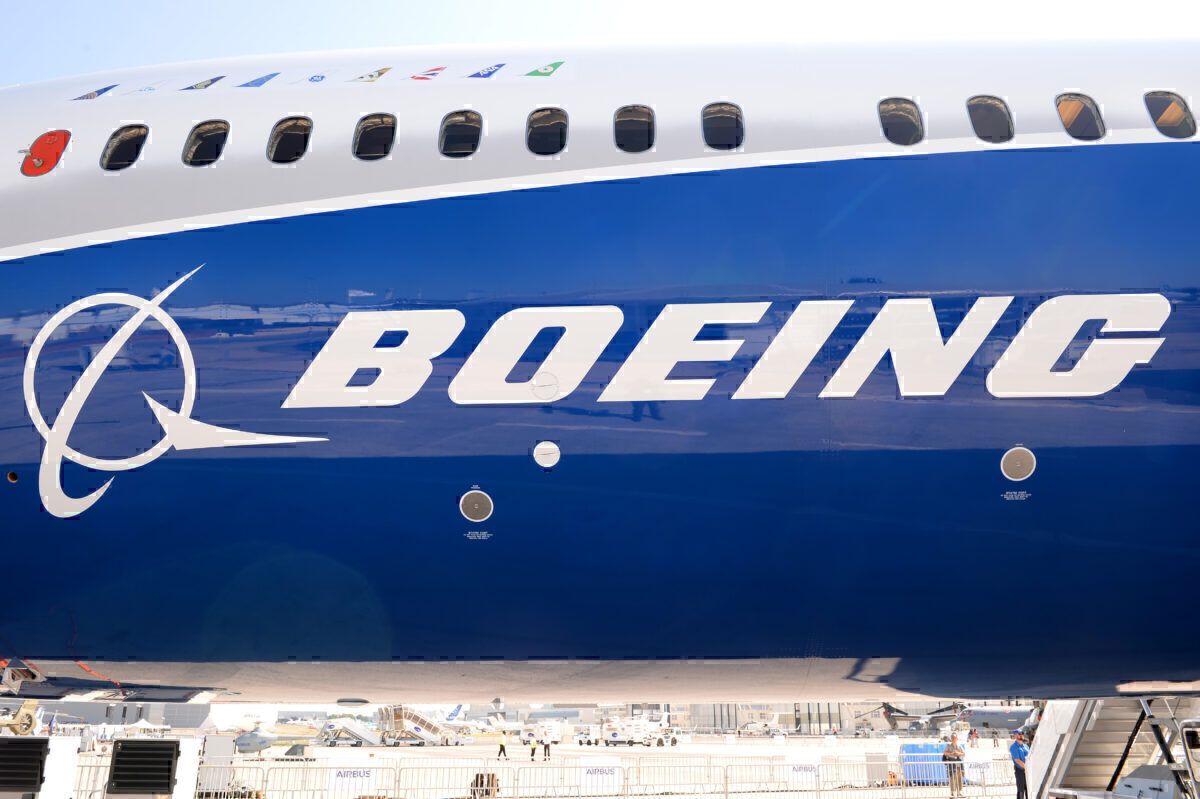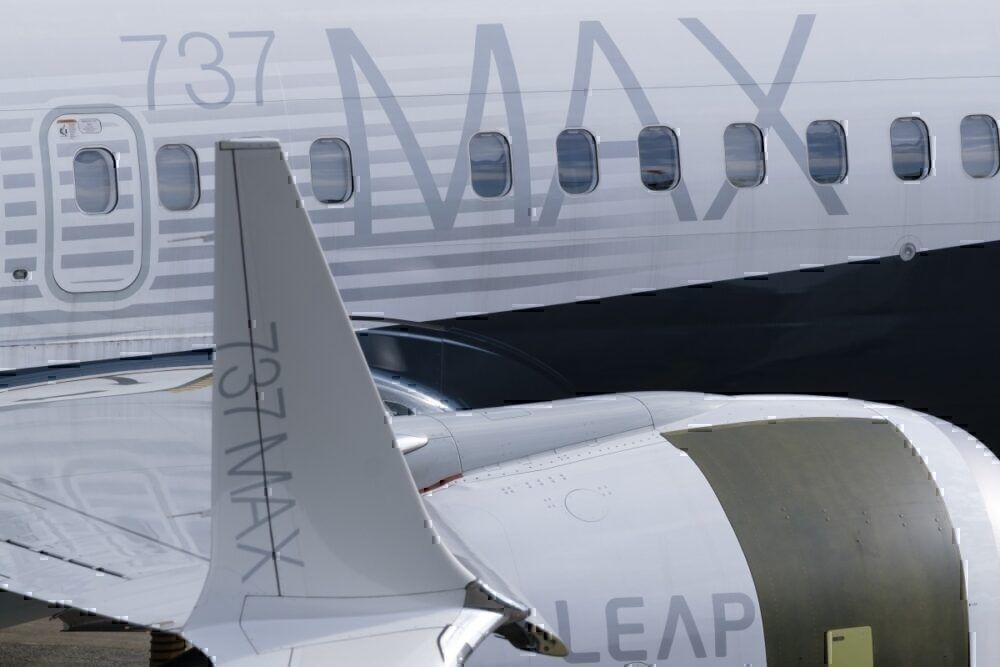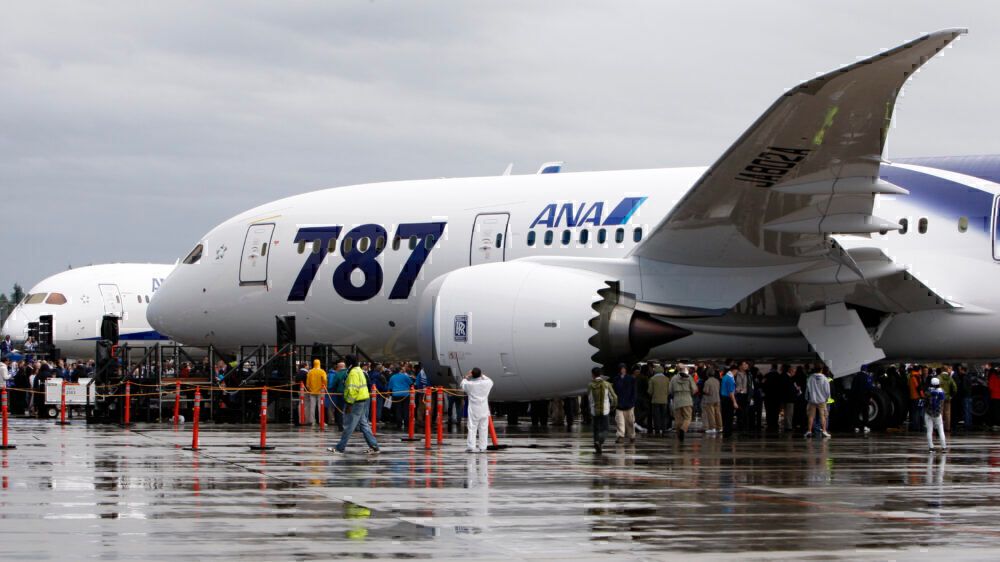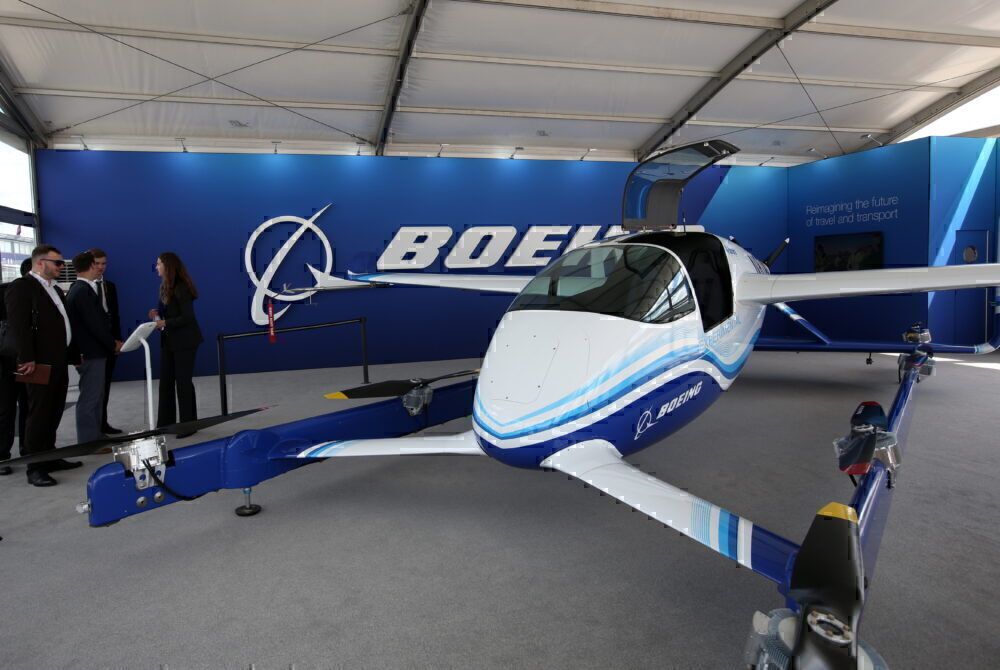The aviation industry went through a significant shift this year. The market now has different requirements, and there will undoubtedly be more major transitions over the next decade. With the change of scene, what would be Boeing's next aircraft?
Original plans
There was plenty of excitement surrounding the New Midsize Airplane (NMA), which was expected to fill the gap in the middle of the market segment. It was set to be a small, twin-aisle jet and have the economics of a narrowbody.
Boeing, however, decided to rethink its approach and go back to the drawing board after the impact of the 737 MAX saga. At the turn of the year, Boeing CEO David Calhoun shared that the project would no longer go ahead in the way it was. Altogether, the planemaker would start again with a clean slate.
A change of heart
So, if the NMA will no longer happen in its expected form, what will be built next instead? In October, it was reported that Boeing was in early talks with suppliers and leasing outfits about working on a new commercial unit.
The program would consist of a single-aisle aircraft with improved engines. Additionally, it could potentially serve between 200 and 250 passengers, according to those familiar with the project. Notably, the capacity pits the plane between the largest 737 MAX narrowbody and the 787 Dreamliner widebody.
Nonetheless, discussions were allegedly at a preliminary stage. So, the project may not even be launched. Moreover, a Boeing spokesperson had since been in contact with Simple Flying to note that the company is always in communication with its network about potential projects. Therefore, there may not be any significant progress with this particular aspect.
Altogether, new aircraft can take years and even decades to be actually introduced. There would also need to be considerable backing from stakeholders across the firm and market. Nonetheless, when Boeing does announce a new type, it would be the first successfully launched by the company since 2004 with the popular Dreamliner. This jet was first delivered in September 2011 to All Nippon Airways (ANA).
New requirements
Since the grounding of the MAX, Boeing has been dealing with the overwhelming impact of the global health crisis. Demand has massively shifted across the globe, and travel restrictions continue to shape the flying habits of the public. Activity on long-haul services has dropped the most, and several carriers have let go of widebodies types during this climate.
If the effects of the downturn last, there could be a new long-term focus on short-haul aircraft. For instance, Embraer shared how the pandemic is shaping the future of the business' programs. There is a need to cater to smaller markets and a requirement for more sustainable units for short-haul services. Therefore, there is plenty of room for the introduction of a new plane. Subsequently, the Brazilian outfit had been ramping up its plans for its turboprop project.
Meanwhile, Airbus has been keen to offer the world’s first zero-emission commercial aircraft by 2035. The European firm's ZEROe concept aircraft help it explore a variety of setups and hydrogen innovations.
Boeing isn't expecting breakthroughs in hydrogen aircraft so soon. FlightGlobal reported in September that the manufacturer's commercial vice-president and general manager of product development, Michael Sinnett, said that he doesn't think this type is something that’s right around the corner.
Time to adapt?
Regardless, while the company waits for further developments in the hydrogen field, it won't be a surprise to see it venture into smaller aircraft amid the change in conditions. At the beginning of this year, it was reported that Embraer's potential new turboprop launch would be developed through the planned agreement with Boeing.
Since then, the proposed joint venture between the two has been terminated. As a result, Boeing could be inspired to build a small aircraft with low capacity of its own. We already know that it has been working on electric flying taxis. A deployment of similar technologies may work well in the commercial passenger department.
The 777X will be the major focus when it comes to the widebody realm over the next few years. Subsequently, there wouldn't be any major rush for its counterparts.
With the 737 MAX now finally back in the air, Boeing has some breathing space again to concentrate more on other projects. Whatever the plane will be, the next model will only be launched if Boeing feels it's absolutely necessary given the present industry climate.
What are your thoughts about Boeing's future aircraft? What do you feel will be the next plane built by the manufacturer? Let us know what you think of the prospects in the comment section.




